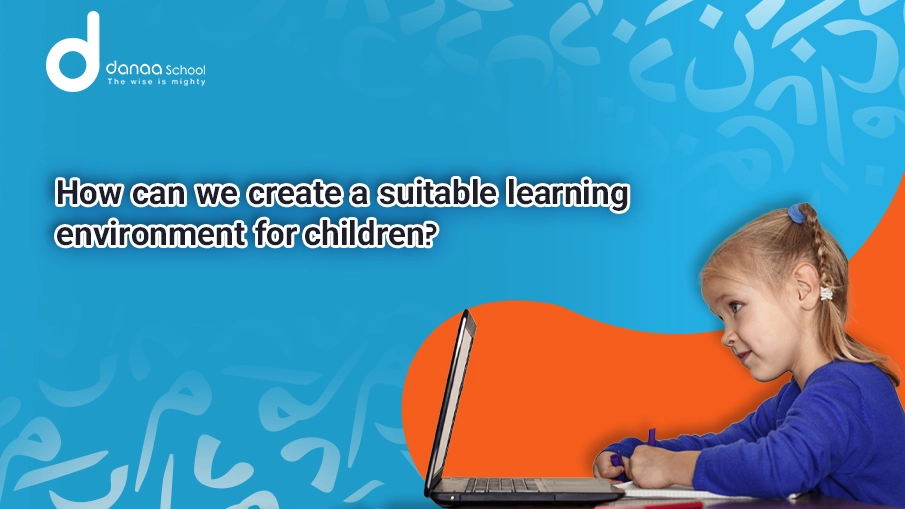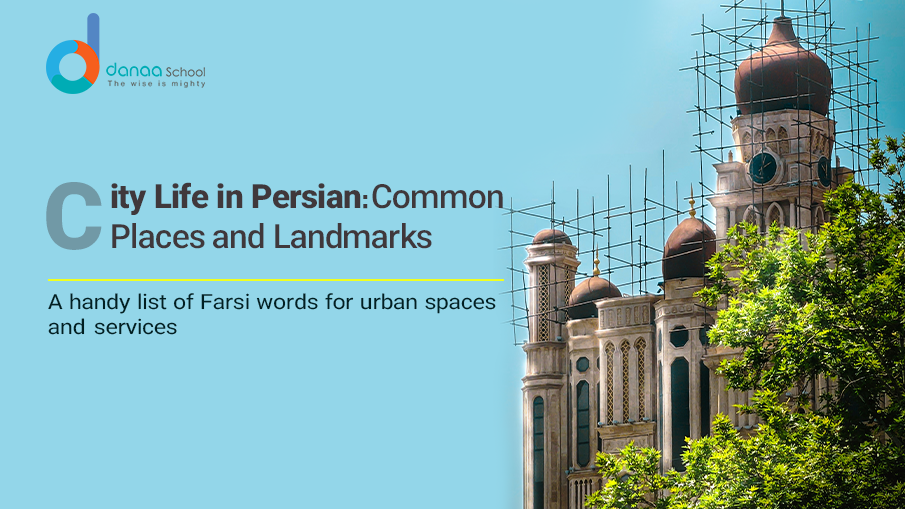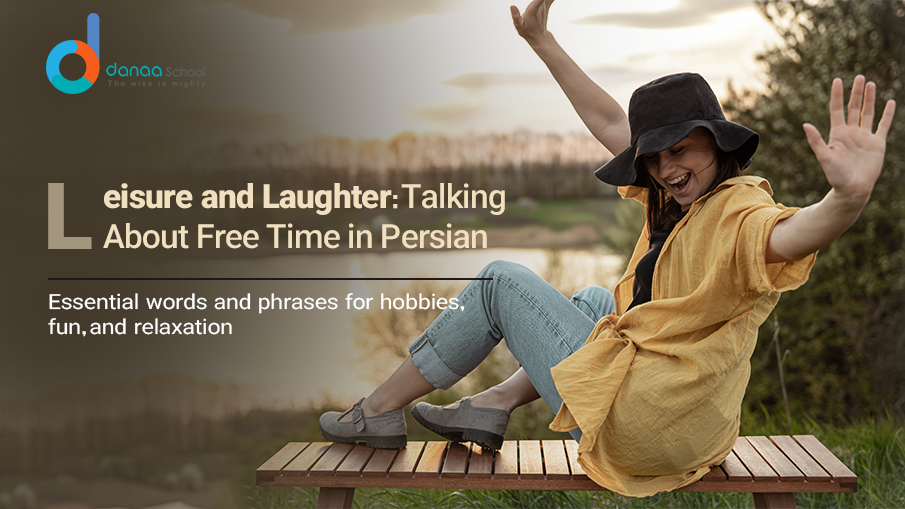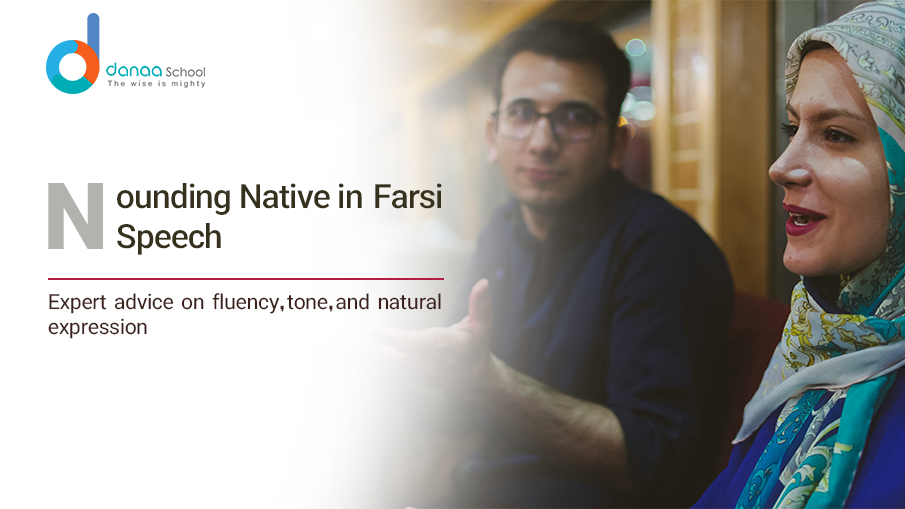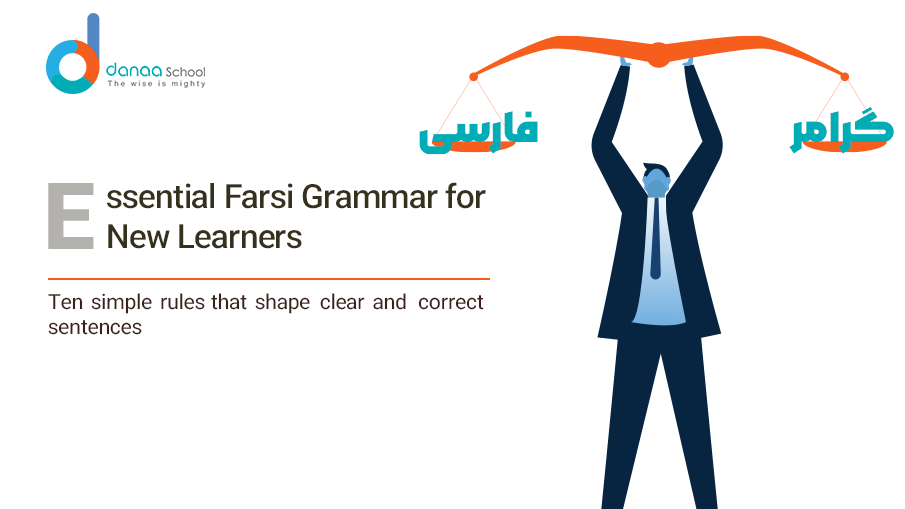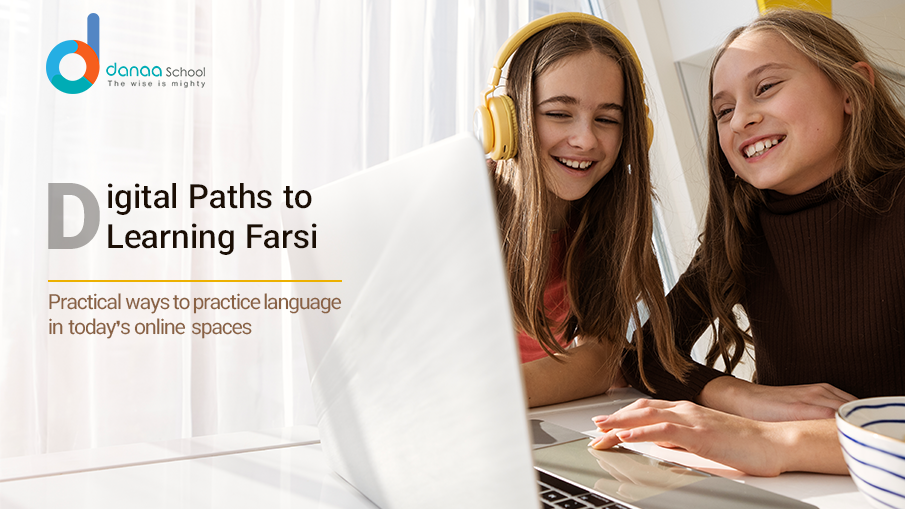Creating a suitable learning environment for children that nurtures curiosity, creativity, and growth is essential for every child’s development. A well-designed space supports academic learning and helps children build confidence, develop social skills, and foster a love for exploration.
In today’s fast-changing world, blending traditional learning methods with modern techniques is essential to offer an environment that adapts to a child’s evolving needs.
This post will guide you through establishing a child-friendly learning space, provide practical strategies that parents and educators can use, and offer creative ideas to overcome common challenges.
By the end of this article, you will clearly understand the elements needed to create a supportive atmosphere that encourages learning, and you will discover how embracing diverse teaching methods—including language learning opportunities such as Farsi with Danaa School—can broaden your child’s horizons.
Understanding the Importance of a Learning Environment
A well-crafted learning environment is vital in shaping a child’s educational journey. When children are comfortable and engaged in their surroundings, they are more likely to take risks, ask questions, and pursue new ideas. The physical space where they learn should be welcoming and stimulating, offering various textures, colors, and layouts that cater to their senses.
A nurturing environment also helps to build routines and habits that support long-term success. For example, a consistent schedule designated quiet areas, and accessible learning tools can help children focus on their tasks. In addition, when the space is designed with safety and ease of movement in mind, children feel more secure and confident about experimenting and learning without fear of injury or frustration.
Parents and educators send a powerful message by investing time and resources in creating the right setting: learning is essential and enjoyable. This mindset can affect a child’s attitude towards education and life.
Key Elements of a Child-Friendly Learning Space
Building an effective learning environment requires attention to several essential elements. Here are the key features to consider:
1. Comfort and Safety
Children need a space where they feel safe and comfortable. This means selecting furniture that is the right size, ensuring there is ample natural light, and keeping the area free from hazards. Soft seating areas and various seating options can also help accommodate different learning styles and physical needs.
2. Organization and Accessibility
A well-organized space is one where materials and tools are easily accessible. Clear storage solutions, labeled bins, and dedicated areas for different activities help children know where to find and put away items. This organization not only fosters independence but also minimizes distractions.
3. Stimulating Visuals and Tools
Colorful posters, interactive whiteboards, and educational toys can boost engagement. Visual aids that relate to the subjects being studied, such as maps, charts, or even art supplies, can spark curiosity and encourage children to explore new topics.
4. Flexibility
The learning space should be adaptable. Children’s needs change over time, so furniture that can be rearranged or spaces that can serve multiple purposes allow the room to evolve along with their interests and learning requirements.
Practical Strategies for Setting Up a Learning Space at Home
Creating an ideal learning environment doesn’t require a complete room makeover. Here are some practical strategies you can implement in your home:
1. Start Small
Designate a specific area for learning, even if it is just a corner of a room. Use a small table and a comfortable chair where your child can work without distractions. A small reading nook with a soft rug and a bookshelf can become a favorite spot.
2. Incorporate Natural Elements
Add elements from nature by adding a plant or two or by choosing decor that mimics natural colors. Studies show that exposure to nature can reduce stress and boost concentration in children.
3. Use Multi-functional Furniture
Opt for furniture that serves more than one purpose. For instance, a bench with storage space underneath can hold books, art supplies, or puzzles. Multi-functional pieces are instrumental in smaller spaces.
4. Personalize the Space
Please encourage your child to help decorate their learning area. This could mean choosing their favorite colors for wall art, hanging up their drawings, or organizing their books on a shelf. Personal touches can make the space feel truly theirs and boost their sense of ownership and pride.
5. Create a Routine
Structure is key for a productive learning environment. Establish a daily routine that includes regular times for homework, reading, and creative play. Consistency helps children know what to expect and eases transitions between activities.
Learn Farsi with Danaa School
In our ever-changing world, learning new languages can open doors to different cultures and ways of thinking. Danaa School offers an engaging and friendly environment for children to learn Farsi. By incorporating language lessons into your child’s daily routine, you broaden their horizons and provide them with valuable skills that will benefit them in the future.
The friendly instructors at Danaa School create an atmosphere that is both supportive and interactive—perfect for young minds eager to learn. Take the next step in your child’s educational journey and explore the enriching world of Farsi. Learn more about our courses and join the Danaa School community today!
Find Your Ideal Teacher
At Danaa School, you can choose your Farsi tutor from a selection of qualified and experienced teachers. Begin an exceptional journey into the world of Persian language!

The Role of Educators and Parents in Shaping the Learning Environment
Both educators and parents play an essential role in creating and maintaining a learning environment that works for every child. Their involvement can transform a simple room into a vibrant space for discovery and growth.
1. Active Participation
Parents and teachers should actively participate in the learning process. This means spending time in the space with children, engaging in activities, and being available to offer guidance. Children are more likely to follow suit when adults model curiosity and enthusiasm.
2. Providing Support and Encouragement
A positive attitude from adults can do wonders. Recognize children’s efforts, celebrate small successes, and offer gentle encouragement when challenges arise. This supportive approach builds self-confidence and motivates children to push through difficulties.
3. Collaboration and Communication
Open communication between educators, parents, and children helps ensure the learning environment meets everyone’s needs. Regular discussions about what works and what doesn’t can lead to adjustments that improve the overall experience. Teachers, for instance, might notice that a particular arrangement or tool sparks more interest, and parents can bring similar insights from home.
Balancing Technology and Traditional Learning Tools
Technology has become integral to modern education, but it should be balanced with traditional learning tools to create a well-rounded learning experience.
1. Smart Use of Digital Devices
Introduce educational apps and interactive games that complement traditional methods of learning. These digital tools can offer new ways to engage with content, such as virtual field trips or interactive language lessons. However, setting limits and ensuring that screen time does not replace hands-on activities or personal interactions is essential.
2. Traditional Tools Still Matter
Books, paper, pencils, and hands-on projects remain essential. They help develop fine motor skills and encourage deep focus. Balancing digital tools with traditional ones ensures that children benefit from the best of both worlds.
3. Creating a Tech-Friendly Zone
Designate a specific area where digital learning takes place. This helps keep technology in check and ensures its use is structured rather than random. When children understand that technology is a tool, not a distraction, it can be a powerful addition to their learning environment.
Overcoming Common Challenges in Creating a Suitable Learning Environment
Every learning space comes with its own set of challenges. Here are some common obstacles and practical solutions to overcome them:
1. Limited Space
Not everyone has the luxury of a dedicated room for learning. In such cases, creativity is key. Use portable furniture, create fold-away desks, or repurpose a quiet corner of your home. With the right planning, even a small space can be transformed into a productive learning area.
2. Budget Constraints
Building a perfect learning environment does not have to be expensive. Look for affordable options, such as second-hand furniture or DIY projects. Simple changes like rearranging existing furniture, painting a wall with bright colors, or adding inexpensive storage solutions can make a big difference.
3. Maintaining Organization
Keeping the space tidy is a common challenge. Involve children by teaching them to put things back in place after use. Use labeled containers and regular clean-up times to instill a sense of responsibility and order.
4. Distractions
Modern homes are filled with distractions. Establish rules and boundaries around the learning space. For example, keep toys and electronic devices unrelated to learning out of the area during study time. A clear distinction between play and work areas can help maintain focus.
Inspiring Creativity and Curiosity in Children
A truly effective learning environment ignites a child’s imagination and encourages exploration. Here are a few ideas to inspire creativity:
1. Interactive Learning Stations
Set up different stations for various activities, such as a reading corner, a craft table, or a science experiment area. This variety keeps things interesting and allows children to switch between activities, keeping their minds fresh and engaged.
2. Encourage Exploration
Allow children the freedom to explore their interests. Whether it’s drawing, building with blocks, or experimenting with simple science projects, providing materials and space for independent exploration fosters a sense of discovery.
3. Celebrate Uniqueness
Each child is different, and their learning environment should reflect their unique personality. Encourage them to express themselves through art, music, or storytelling. When children see their ideas are valued, they are more likely to engage deeply with their learning.
4. Foster a Sense of Community
Learning is not only about individual growth but also about sharing ideas and experiences with others. Organize group activities where children can work together, share their projects, and learn from each other. This collaborative spirit builds social skills and reinforces the joy of learning.
FAQs
What is a suitable learning environment for children?
How can I create a learning space in a small home?
Why is it important to balance technology with traditional learning tools?
How can parents help maintain organization in the learning space?
What role do educators play in creating a learning environment?
Can language learning be integrated into a child-friendly learning environment?
What are some low-cost ideas for improving a learning environment?
Conclusion
Learning Farsi with Danaa School is a unique opportunity to not only acquire a new language but also to explore a rich cultural heritage. The lessons are designed to be fun, interactive, and tailored to young learners, ensuring that each child feels confident and excited about their progress.
We invite you to join the Danaa School community and take advantage of our Farsi language courses. Embrace the chance to provide your child with an edge in today’s global society—a head start in language skills that will serve them well in school and beyond.
Visit our website to learn more about the programs, schedules, and special offers available. Your child’s journey to a brighter future begins with a single step toward a well-rounded and stimulating learning environment. Sign up now.
Want to Learn Farsi at Danaa School?
Here are the best resources for you!



